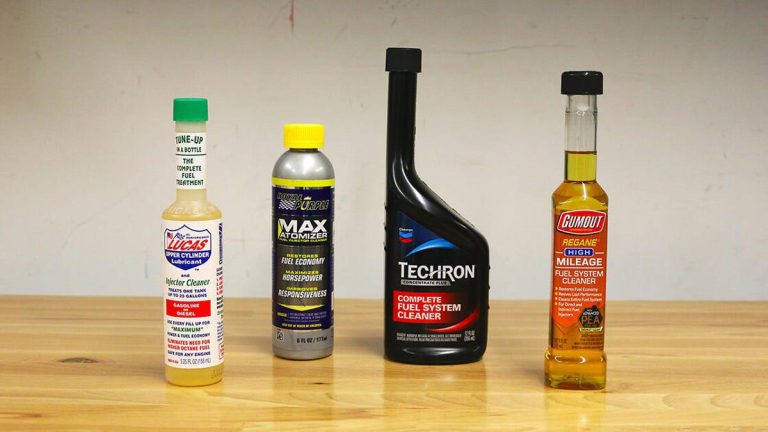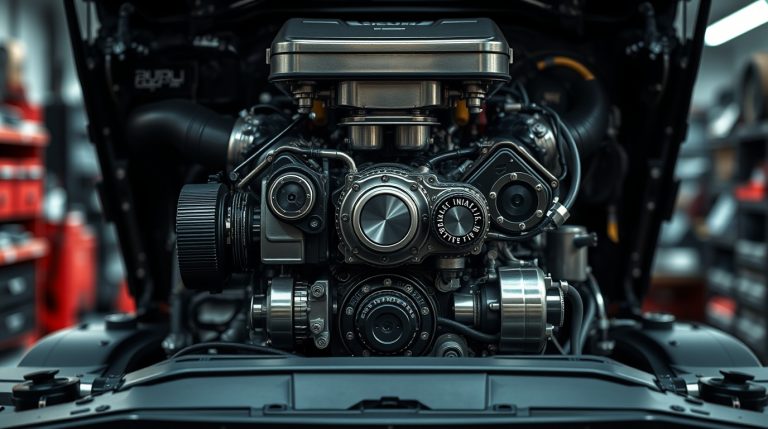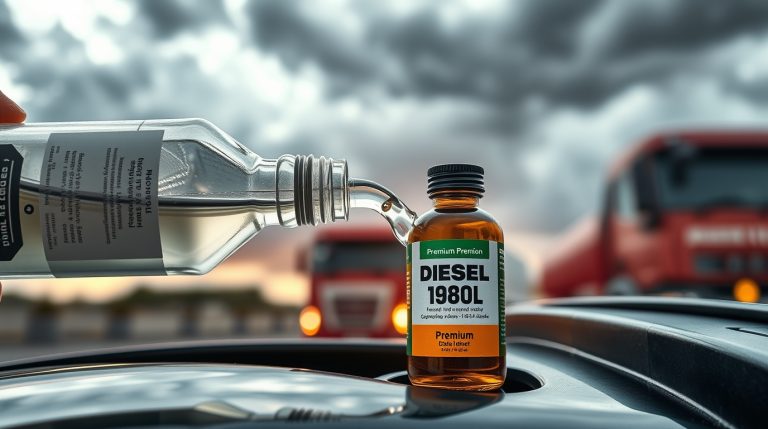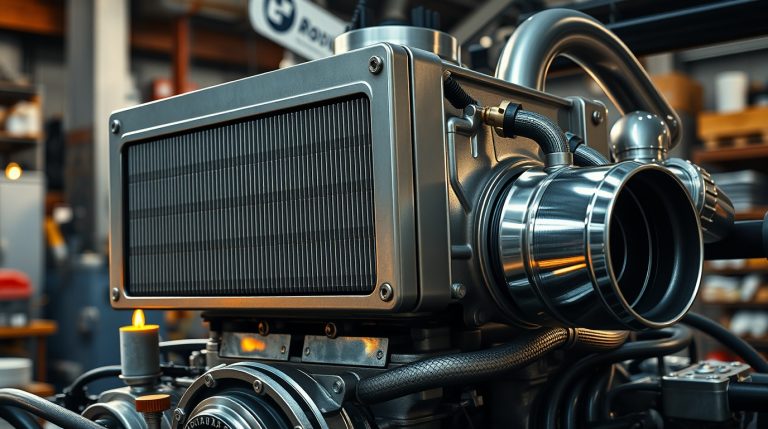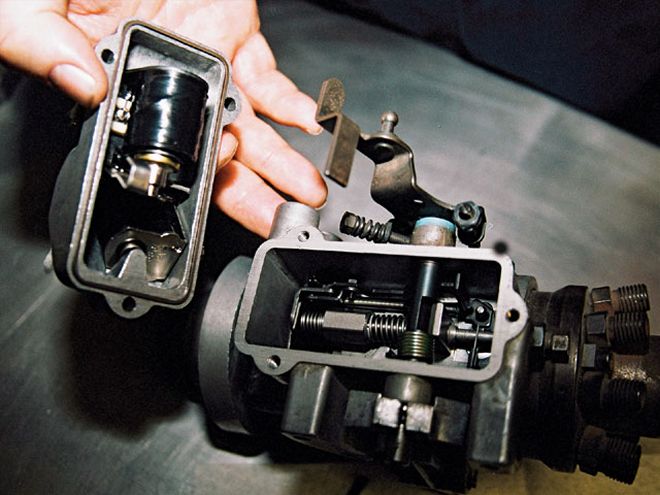
The diesel fuel shut off solenoid is a small but essential component in many diesel engines. Its primary role is to control the flow of fuel into the engine by opening or closing the fuel line when needed. When this part fails, it can cause a range of issues that affect your vehicle’s performance and reliability. Understanding the symptoms of a bad diesel fuel shut off solenoid can help you diagnose the problem early and avoid costly repairs. Let’s take a closer look at what to watch for.
1. Engine Won’t Start
One of the most common signs of a failing diesel fuel shut off solenoid is an engine that refuses to start. If the solenoid is stuck in the closed position, it will prevent fuel from reaching the engine, making it impossible to ignite. This issue can be frustrating, especially if you’re left stranded with no warning.
- What to Do: If your engine won’t start, check the solenoid for proper operation. You may need to replace it with a reliable option like this high-quality diesel fuel shut off solenoid .
2. Engine Shuts Off While Running
A faulty solenoid can also cause your engine to shut off unexpectedly while driving. If the solenoid fails in the open position and then suddenly closes, it interrupts the fuel supply, leading to a sudden loss of power. This symptom is not only inconvenient but can also be dangerous if it happens on a busy road or highway.
- What to Check: Inspect the wiring and connections to ensure there are no loose or corroded components. If the solenoid itself is damaged, replacing it may solve the issue.
3. Rough Idling
If your engine idles roughly or feels unstable, it could be due to a malfunctioning fuel shut off solenoid. A partially closed solenoid can restrict fuel flow, causing inconsistent combustion and leading to vibrations or stalling.
- How to Address It: Cleaning or replacing the solenoid can restore smooth idling. For cleaning, consider using this effective fuel system cleaner to remove any deposits that may be affecting its operation.
4. Excessive Smoke from Exhaust
Excessive smoke, particularly black smoke, can indicate improper fuel delivery caused by a failing solenoid. If the solenoid is stuck partially open or closed, it can lead to unburned fuel entering the exhaust system, resulting in thick, dark smoke.
- What to Look For: Black smoke combined with poor engine performance is a strong indicator of a solenoid issue. Replacing the faulty part can often resolve this symptom.
5. Check Engine Light Illuminated
Modern vehicles are equipped with sensors that monitor the performance of critical components like the diesel fuel shut off solenoid. If the solenoid malfunctions, it can trigger the Check Engine Light on your dashboard.
- How to Diagnose: Use an OBD II scanner like this compact diagnostic tool to retrieve error codes related to the fuel system. This can help confirm whether the solenoid is the source of the problem.
6. Difficulty Stopping the Engine
In some cases, a faulty solenoid may fail to close properly, making it difficult to shut off the engine. Instead of stopping immediately when you turn the key, the engine may continue running until it eventually stalls due to lack of fuel.
- Why It Happens: This issue often occurs when the solenoid becomes stuck in the open position. Replacing the solenoid with a durable alternative can restore proper functionality.
7. Clicking Noise During Ignition
If you hear a clicking noise when turning the ignition key, it could indicate an electrical issue with the diesel fuel shut off solenoid. The solenoid relies on an electromagnetic coil to operate, and a faulty coil may produce audible clicks as it struggles to engage.
- What to Investigate: Check the wiring and electrical connections for damage or corrosion. If the coil itself is faulty, replacing the entire solenoid is often the best solution.
8. Reduced Engine Power
A failing diesel fuel shut off solenoid can restrict fuel flow to the engine, leading to reduced power and acceleration. You may notice sluggish performance, especially under heavy loads or when climbing hills.
- What to Do: If your vehicle feels underpowered, inspect the solenoid for signs of wear or damage. Upgrading to a high-performance solenoid like this one can improve fuel delivery and restore engine power.
How to Test a Diesel Fuel Shut Off Solenoid
If you suspect your diesel fuel shut off solenoid is failing, here are a few steps to test it:
- Visual Inspection: Look for visible damage, corrosion, or loose connections.
- Listen for Clicks: Turn the ignition key and listen for the characteristic click of the solenoid engaging.
- Check Electrical Connections: Use a multimeter to test the voltage and ensure the solenoid is receiving power.
- Inspect Fuel Flow: Remove the fuel line and observe whether fuel flows properly when the solenoid is activated.
For more detailed guidance on testing procedures, refer to trusted automotive resources like Haynes Repair Manuals or manufacturer-specific service guides.
Preventing Solenoid Failure
While some degree of wear is inevitable, you can take steps to extend the life of your diesel fuel shut off solenoid:
- Use Clean Fuel: High-quality fuel reduces the risk of deposits and contaminants affecting the solenoid (Source: Diesel Technology Forum).
- Perform Regular Maintenance: Inspect the solenoid and its connections during routine service checks.
- Address Electrical Issues: Fix any wiring or connection problems promptly to prevent damage to the solenoid.
Conclusion
A bad diesel fuel shut off solenoid can cause a wide range of issues, from starting problems to unexpected engine shutdowns. By recognizing the symptoms early and addressing them promptly, you can avoid more serious damage and keep your vehicle running smoothly. Whether you’re looking to test, clean, or replace your solenoid, there are plenty of tools and solutions available to help you get the job done right.
Have questions about your diesel fuel shut off solenoid or need advice on replacements? Leave a comment below—we’re here to help!
Disclaimer: Always consult a professional mechanic if you’re unsure about diagnosing or repairing complex components like the diesel fuel shut off solenoid.

